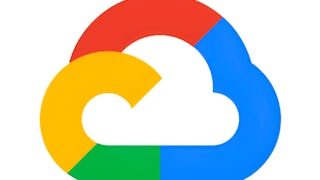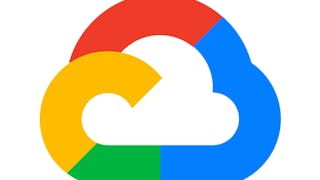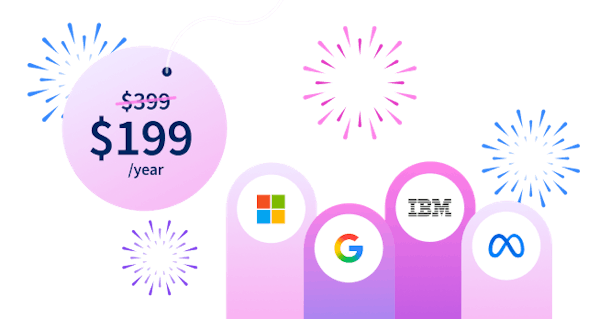Welcome to the second part of the two part course, Observability in Google Cloud.

Enjoy unlimited growth with a year of Coursera Plus for $199 (regularly $399). Save now.

Observability in Google Cloud
This course is part of multiple programs.

Instructor: Google Cloud Training
Included with
Recommended experience
What you'll learn
Install and manage Ops Agent to collect logs for Compute Engine.
Explain Cloud Operations for GKE.
Analyze VPC Flow Logs and firewall rules logs.
Analyze resource utilization cost for monitoring related components within Google Cloud.
Skills you'll gain
Details to know

Add to your LinkedIn profile
4 assignments
See how employees at top companies are mastering in-demand skills

Build your subject-matter expertise
- Learn new concepts from industry experts
- Gain a foundational understanding of a subject or tool
- Develop job-relevant skills with hands-on projects
- Earn a shareable career certificate from Google Cloud

There are 7 modules in this course
Welcome to Observability in Google Cloud! We will cover the pre-requisites, audience and the course objectives.
What's included
1 video
In this module, we will take some time to examine the art of configuring Google Cloud services for observability.
What's included
7 videos1 assignment1 app item1 plugin
Monitoring is all about keeping track of exactly what's happening with the resources we've spun up inside of Google's Cloud. In this module, we'll take a look at options and best practices as they relate to monitoring project architectures. We'll differentiate the core Cloud IAM roles needed to decide who can do what as it relates to monitoring. Just like architecture, this is another crucial early step. We will examine some of the Google created default dashboards, and see how to use them appropriately. We will create charts and use them to build custom dashboards to show resource consumption and application load. And, finally, we will define uptime checks to track liveliness and latency.
What's included
8 videos1 assignment1 app item
When deploying applications to Google Cloud, the Application Performance Management products provide a suite of tools to give insight into how your code and services are functioning, and to help troubleshoot where needed.
What's included
5 videos1 assignment1 app item
In our final module we discuss optimizing the costs for Google Cloud Observability. Specifically, you will learn to analyze resource utilization costs for operations related components within Google Cloud, and implement best practices for controlling the cost of operations within Google Cloud.
What's included
5 videos1 assignment
We will summarize the topics covered in this couse.
What's included
1 video
Student PDF links to all modules
What's included
1 reading
Earn a career certificate
Add this credential to your LinkedIn profile, resume, or CV. Share it on social media and in your performance review.
Instructor

Offered by
Explore more from Cloud Computing
 Status: Preview
Status: PreviewGoogle Cloud
 Status: Free Trial
Status: Free Trial Status: Free Trial
Status: Free TrialGoogle Cloud
Why people choose Coursera for their career




Frequently asked questions
To access the course materials, assignments and to earn a Certificate, you will need to purchase the Certificate experience when you enroll in a course. You can try a Free Trial instead, or apply for Financial Aid. The course may offer 'Full Course, No Certificate' instead. This option lets you see all course materials, submit required assessments, and get a final grade. This also means that you will not be able to purchase a Certificate experience.
When you enroll in the course, you get access to all of the courses in the Certificate, and you earn a certificate when you complete the work. Your electronic Certificate will be added to your Accomplishments page - from there, you can print your Certificate or add it to your LinkedIn profile.
More questions
Financial aid available,






